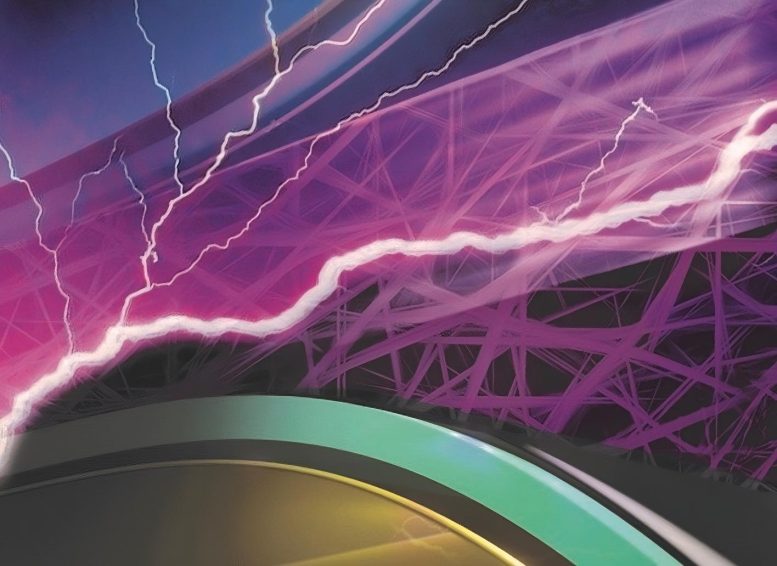
An artistic impression of electricity generation in a piezoelectric energy harvester made from piezoelectric nanofibers. Credit: Katharina Maisenbacher, Max Planck Institute for Polymer Research
Scientists have developed a “best practice” protocol for researchers working on the development of piezoelectric materials. This is a first in this field of technology.
A ‘best practice’ protocol for researchers developing piezoelectric materials has been developed by scientists – a first in this cutting-edge field of technology.
An international team of physicists at the University of Bath in the UK developed the protocol in response to the discovery of a lack of consistency in experimental reports in the field of piezoelectricity. The team was shocked to find that 90% of scientific papers were missing crucial information to ensure the reproducibility of the reported work. In the journal Nano Energy, the researchers emphasize the urgent need for a standardized research protocol for piezoelectricity.
Dr. Morteza Hassanpour Amiri at the Max Planck Institute for Polymer Research, Germany, and the first author of the study, said: “Research into piezoelectricity has accelerated in recent years, and for good reason: piezoelectric materials generate electricity when you exert pressure or mechanical vibrations, or when you tap on or distort them. Add a circuit and this electricity can be stored and then used.”
High energy-harvesting efficiency
Because of the huge potential of piezoelectrics, over the past 20 years, a steady stream of new materials and composites have been developed and tested for their energy harvesting potential, with many claiming high efficiencies.
But the researchers, led by Professor Kamal Asadi from the Department of Physics, suggest these findings – sometimes published in high-caliber journals – often do not include details of key experimental parameters. These details are essential to ensure reproducibility when other research teams set out to independently evaluate or further improve the featured materials.
Explaining, Professor Asadi said: “Reproducibility of experimental research findings may not be the key to the success of a research, but it is the key to ruling out unreliable findings from being accepted as fact. The enthusiasm to develop a champion material that shows impressive performance should be accompanied with enough supporting data.”
For the study, the Bath researchers assessed 80 randomly selected research papers published over the past two decades on piezoelectric energy harvesting devices. For nearly 90% of these papers, essential experimental parameters – needed to evaluate materials and devices – were missing, thus rendering the experiments hard, and sometimes impossible, to reproduce.
The importance of reproducibility
Expanding, Professor Asadi said: “There are three important reasons why reproducibility is important: We are scientists and should strive to be as accurate as possible; we have limited resources, so by reporting all the necessary parameters that guarantee reproducibility, we are helping our peers to build up on our findings and advance the field; by being transparent, we also build trust with the public, and with science funding organizations and policymakers, and provide a better guidance for future ‘big’ decisions that can affect us all.”
Professor Asadi, who is a leading expert in piezoelectricity, says this lack of data is hampering progress in the field, as researchers can’t turn to the literature to identify materials with the best harvesting potential, and then further develop these promising materials.
New protocol
The new Bath protocol suggests a standardized data collection and reporting. Professor Chris Bowen from the Department of Mechanical Engineering at Bath, who was also involved in this study, said: “We have basically created guidelines that would be helpful to researchers in their field of piezoelectricity.”
Professor Asadi is hopeful that electronic devices powered by piezoelectricity will be on the market within the next 10 years.
“That’s why it’s important to have a standardized protocol for reporting research data for a quantitative evaluation of energy harvesting materials and devices. Doing so enables scientists to make real progress building on each other’s experiments and working towards a common goal: making piezoelectricity a reality for anyone hoping to charge their devices more sustainably and without reliance on a traditional power source.”
He added: “The field of piezoelectric energy harvesting is a really exciting field, it has lots of potential and great scientists are working on it, but it’s still fledgling, and so to make sure we advance as well and as quickly as possible, ensuring experiments are reproducible is going to be crucial, so I hope our suggested protocol is adopted by the community at large.”
Reference: “Piezoelectric energy harvesters: A critical assessment and a standardized reporting of power-producing vibrational harvesters” by Morteza Hassanpour Amiri, Rose Fatscher, Rebecca Taylor, Paulo R.F. Rocha, Chris R. Bowen and Kamal Asadi, 5 December 2022, Nano Energy.
DOI: 10.1016/j.nanoen.2022.108073

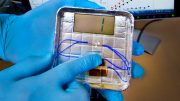
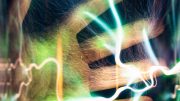

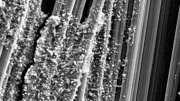
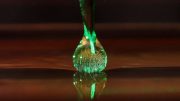
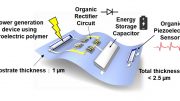


It may be that the researchers don’t want others to replicate their work until after their patent applications have been approved and they have been granted exclusive use.
A independent nonprofit journal that list papers and their reproduction attempts/results and number of citations along with authors/universities and relationships would be helpful.